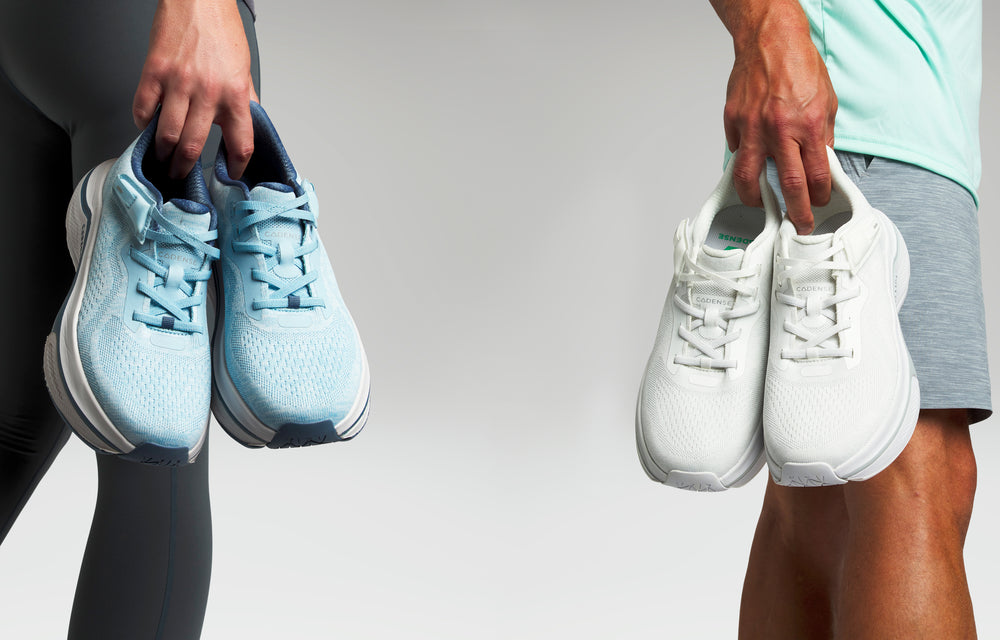Cadense Adaptive Shoes vs. Orthopedic Shoes vs. Regular Sneakers: Which Are Best for Safer, Easier Walking?


Posted by:
Anushka LarsonUpdated at: October 30, 2025


Posted by:
Anushka LarsonUpdated at: October 30, 2025
Looks like you haven’t added anything yet, browse new arrivals below!
Continue Shopping